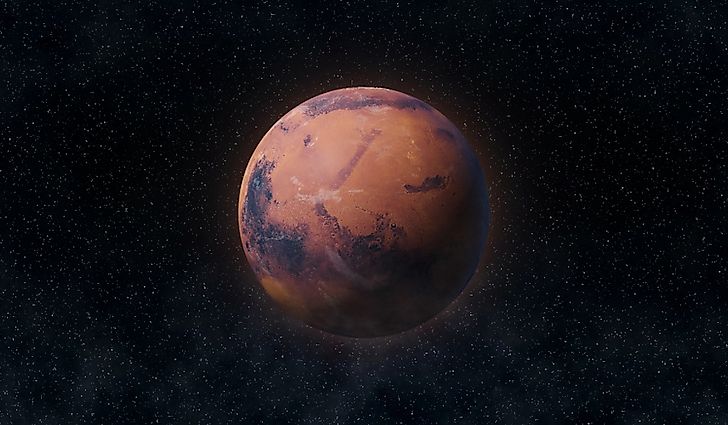How Many Hours Are in a Day on Jupiter?

Jupiter is the largest planet in the solar system. It is so big that 318 Earths could fit into it. Jupiter has 79 known moons including Ganymede, which is the largest moon and the ninth largest object in the solar system. Jupiter is one of the four planets with rings, the others being Uranus, Saturn, and Neptune. A day on Jupiter is 9 hours and 53 minutes and 29.69 seconds.
The Rotation of Jupiter
Jupiter is the fastest rotating planet in the solar system. This is an extraordinary feat considering its size and mass. The planet has a rotational velocity of 7.5 miles per second or 28,148 miles per hour. Jupiter spins so rapidly that the planet has flattened at the pole and bulged at the equator. Jupiter's equator is 2,860 miles further from the center than the poles. The rapid rotation generates the most powerful magnetic fields of the planets in the solar system.
How Long is a Day on Jupiter?
Jupiter is the fastest rotating planet in the solar system and therefore has the shortest day. A day is 9 hours 53 minutes, and 29.69 seconds. It was extremely difficult to determine the length of a day on the planet because it lacks physical features that can be used as landmarks, unlike the terrestrial planets. The first attempt to use the storms on the planet was unsuccessful since they are furious and fast moving. Astronomers used radio emission from the planet's magnetic field to determine the rotational speed and period. However, Jupiter does not rotate as a single mass, but the various regions of the planet rotate at different speeds. Although the polar circumference is smaller than the equator, the polar rotation is five minutes slower.
Interesting Facts About Jupiter
Jupiter is an intriguing planet and is almost a solar system of its own. Several astronomers believe that the planet was a star in the making, but it lacked the mass to ignite fusion. Jupiter has about 79 confirmed moons, but people are aware of the four Galilean moons: Europa, Callisto, Ganymede, and Io. The four moons are of interest to researchers because of their unique features. The most popular, Europa, is covered by ice and is believed to be covering liquid water underneath. Io is a volcanic world with mountains that are constantly erupting. Ganymede is the largest in the solar system and the only moon that generates magnetic fields. Callisto is quiet with no activities and is thought to contain ancient material from when the solar system was formed.











